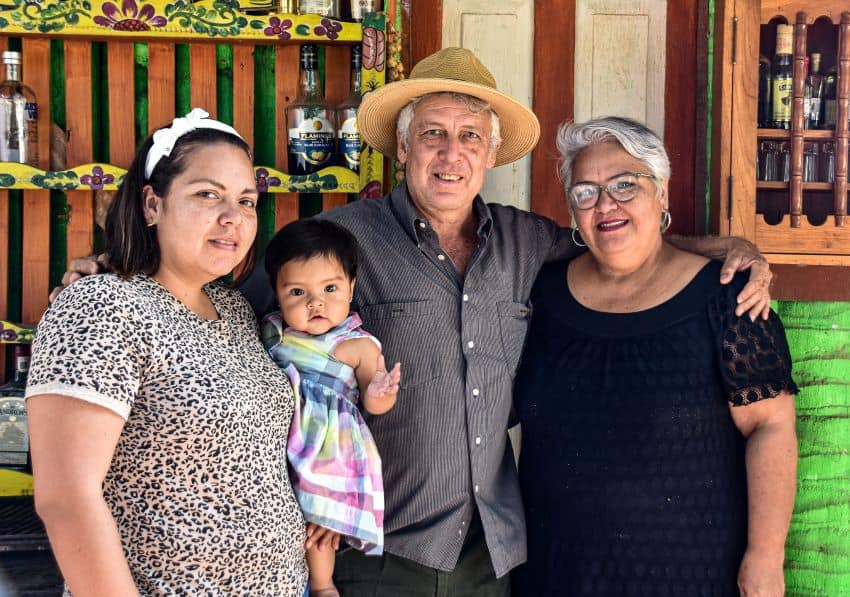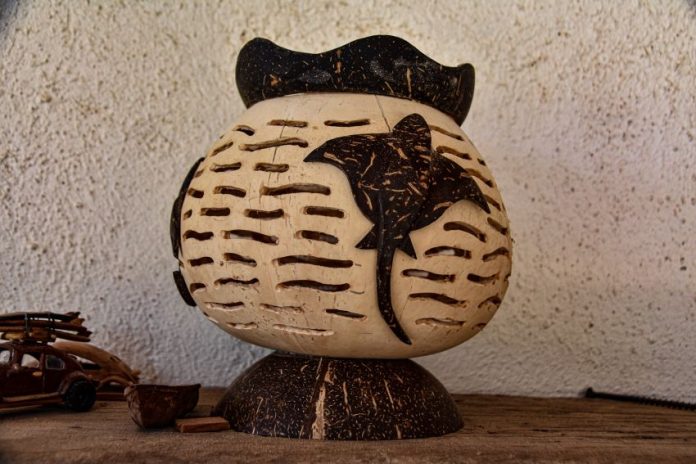On a beautiful piece of land tucked away among the streets of the Guerrero village of Coacoyul, next to a 70-hectare coconut plantation, sits el Museo del Coco, or The Coconut Museum.
You might wonder whether coconuts warrant a whole museum, but Jesús Espino Marcado, who founded the museum with his family two years ago next to his coconut plantation, knows the fruit’s value to Mexico.
“The coconut is of extreme importance to our economy,” he said. “It’s the first introduction to Mexico from Asia [from the Phillipines] and has risen in importance gastronomically, culturally and economically.”
Espino speaks from vast experience. For generations, since 1940, his family has dedicated itself to the coconut industry. He’s also president of Coco Pacifico Sur, a group of 10 coconut producers from Coacoyul who formed the entity in 2008 in response to their longstanding plantations reaching the end of their productive stage. The group now visualizes the possibilities of taking advantage of their old plantations’ wood and replicating orchards with hybrid palm trees, a move which a state government program subsidized.
Espino is also running for mayor of Zihuatanejo, the municipality which encompasses Coacoyul.

The museum, Museo del Coco, “was a dream of the family” when they opened it just two years ago, says Espino’s wife, Ana Alba Vargas. Their children are also involved in the day-to-day operations of the museum and its restaurant and are also creators of some of the artisan items sold in the gift shop.
Vargas believes the museum to be the only one of its kind in the state, if not all of Mexico.
The museum seeks to educate locals and visitors by way of posters that track the early years of the coconut in the area and progresses to the present day. The aim is to inform about the varied uses of this highly versatile fruit and the importance of coconut cultivation as a means of development for the state of Guerrero.
Its exhibits illustrate the wide range of products derived from a single coconut — everything from virgin coconut oil, coconut milk, yogurt, butter and cottage cheese. The museum encourages the consumption of the fruit and its ingredients by raising awareness of the health benefits of this fruit. There’s even a bar where you can purchase tequila shots or rum to imbibe with coconut.
Further illuminating the versatile uses of the fruit, a small gift shop at the entrance carries many coconut-based products, such as luxurious soaps, toys, candle holders, bowls and more. In addition to some of the designs being by Espino’s family members, they also sell pieces by various artisans from throughout Guerrero.

At the end of last month, the museum opened an onsite restaurant featuring coconut, including many regional dishes. Other developments in the works this year will include a massive double-sided mural on the grounds by well-known local artists Leonel Maciel Sánchez and Carlos Quijano. A smaller model of this planned mural already sits on display in the museum and depicts the coconut’s story, its journey and its impact on the area and beyond.
Although limited now by Covid-19 (mask-wearing and social distancing rules apply), the museum normally welcomes tour buses and private tours and even hosts weddings, birthday parties and other special events seven days a week.
The Museo del Coco is easily accessible by taxi or by contacting your local tour guide or through WhatsApp: 755 55 7 74 05 or at 755 55 7 81 31.
The writer divides her time between Canada and Zihuatanejo.
